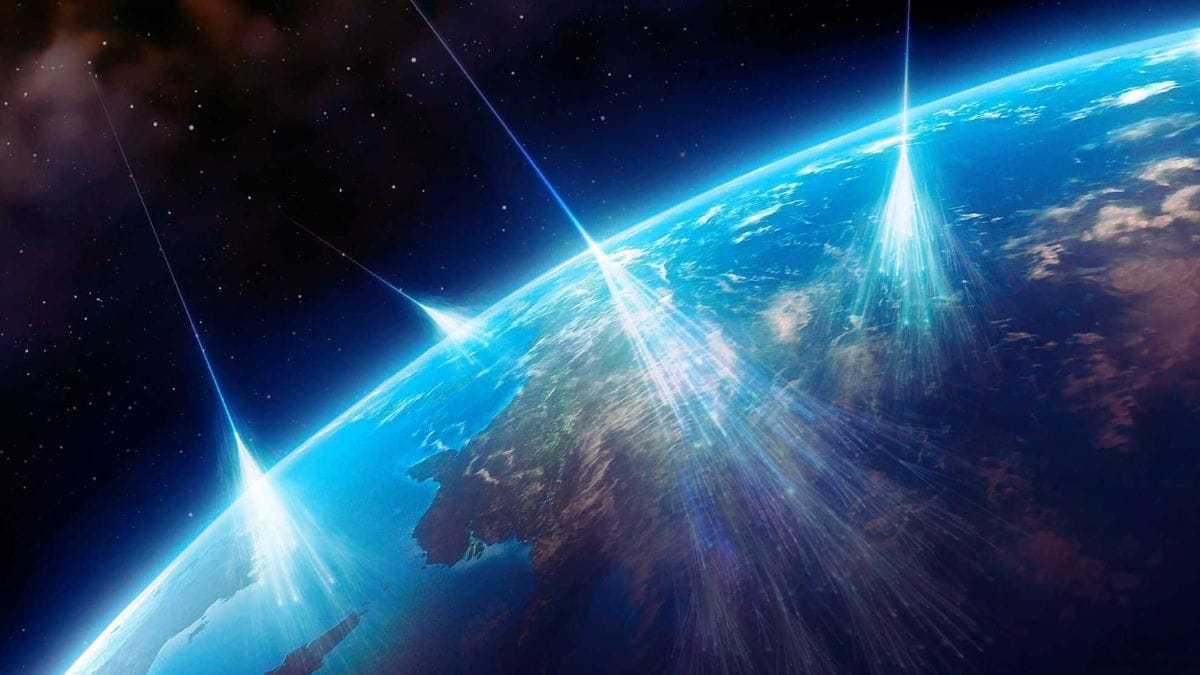
A new study proposes that life may exist far from sunlight in a “radiolytic habitable zone” deep beneath the icy surfaces of Mars, Europa, and Enceladus. Cosmic rays, which can penetrate rock and ice, break water molecules apart to release hydrogen, oxygen, and energy-rich electrons. These can fuel microbes in subsurface water, much like bacteria living deep below Earth. Simulations show Enceladus has the strongest potential for such life, followed by Mars and Europa. This expands the search for life to darker, colder environments—even on rogue planets adrift in space.








